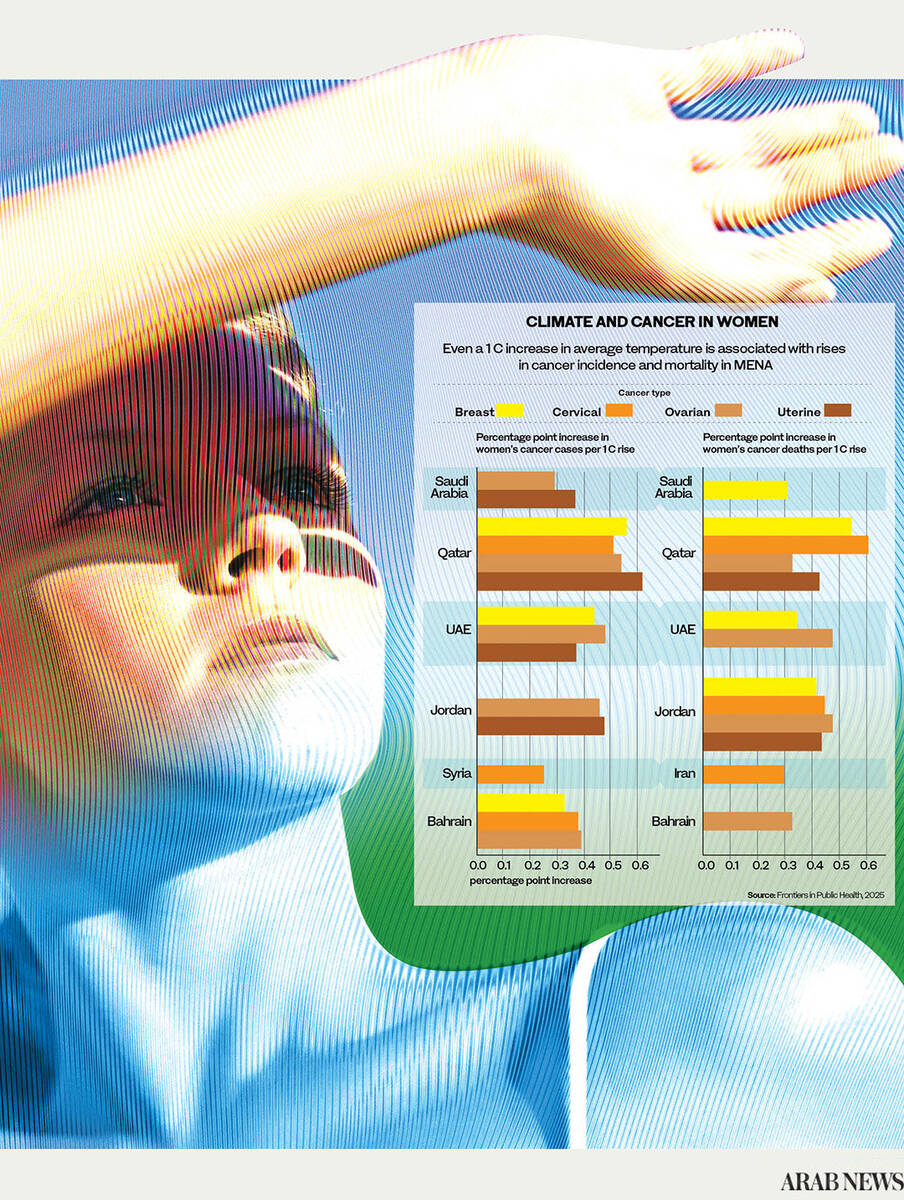JERUSALEM/CAIRO: Israel and Hamas resumed ceasefire talks on Saturday in Qatar, both sides said, even as Israeli forces ramped up a bombing campaign that has killed hundreds of people over 72 hours, and mobilized for a massive new ground assault.
Palestinian health authorities said at least 146 people had been confirmed killed in the third day of Israel’s latest bombing campaign, one of the deadliest waves of strikes since a ceasefire collapsed in March. Many hundreds more were wounded in hospitals and countless others buried under rubble.
Israel says it is mobilizing to seize more ground in Gaza in a new campaign dubbed “Operation Gideon’s Chariots,” following a visit this week to the Middle East by US President Donald Trump. It has halted all supplies entering Gaza since the start of March, leading to rising international concern over the plight of the enclave’s 2.3 million residents.
Reuters journalists saw Israeli tanks assembled on the outskirts of the enclave. Inside Gaza, people fled from the bombardment of northern areas, pushing their belongings on carts.
“They are bombing houses, and the people are afraid. What should we do?” Imad Naseer, 50, fleeing his home in the face of the assault, told Reuters. “They treat us as if we are animals, not as humans.”
Taher Al-Nono, the media adviser for the Hamas leadership, told Reuters a new round of indirect talks with the Israeli delegation in Doha began on Saturday, discussing all issues “without pre-conditions.”
“The Hamas delegation outlined the position of the group and the necessity to end the war, swap prisoners, the Israeli withdrawal from Gaza, and allowing humanitarian aid and all the needs of the people of Gaza back into the strip,” he added.
Israeli Defense Minister Israel Katz also said in a statement that negotiations on a deal to release Israeli hostages held by Hamas had resumed in Doha. He noted that the talks had started without Israel first agreeing to a ceasefire or to lift its blockade.
Israel’s military said it was conducting extensive strikes and mobilizing troops with the aim of achieving “operational control” in parts of Gaza.
Gaza health authorities said most of those killed on Saturday were in towns on the northern edge of the enclave, including Beit Lahiya and the Jabalia refugee camp, as well as in the southern city of Khan Younis. They said 459 people had been injured.
Israeli forces had told people to leave the northern areas on Friday.
“Northern Gaza is witnessing a systematic campaign of extermination,” Hamas said in a statement, calling on Arab leaders at a summit in Baghdad to help stop the aggression and ensure the delivery of aid.
FAMINE LOOMS
Talks since March have failed to restore a truce under which Hamas would release remaining hostages captured in the October, 2023 assault on Israel that precipitated the war. Hamas has long said it would not free them unless Israel ends its campaign; Israel says it will fight on until Hamas is dismantled.
At the Arab League summit, Egypt’s President Abdel-Fatah El-Sisi, whose country mediates Gaza peace talks alongside Qatar, said Israel’s actions aimed at “obliterating and annihilating” the Palestinians and “ending their existence in the Gaza Strip.”
United Nations experts say famine now looms in Gaza more than two months after Israel halted all deliveries of supplies. UN aid chief Tom Fletcher asked the Security Council this week if it would act to “prevent genocide.”
Israel says enough food reached Gaza during the six-week ceasefire at the start of the year to stave off hunger now, and blames Hamas for the suffering of civilians for operating among them and hijacking aid, which Hamas denies.
On Friday, Trump said “a lot of people are starving” in Gaza.
A US-backed foundation aims to start distributing aid to Gazans by the end of May using private US security and logistics firms. The UN has said it won’t work with them because they are not impartial.
Gaza’s health system is barely operational with hospitals hit repeatedly by the Israeli military during the 19-month war and medical supplies drying up. The head of the Indonesian Hospital in northern Gaza, Marwan Al-Sultan, said huge numbers of wounded victims of the latest bombing were in critical condition.
“Since midnight, we have received 58 martyrs, while a large number of victims remain under the rubble. The situation inside the hospital is catastrophic,” he said on X.
Prime Minister Benjamin Netanyahu said on May 5 that Israel was planning an expanded offensive against Hamas. His security cabinet approved plans that could involve seizing the entire strip and controlling aid.
Israel’s declared goal in Gaza is the elimination of the military and governmental capabilities of Hamas, which attacked Israeli communities on October 7, 2023, killing around 1,200 people and seizing about 250 hostages.
Its military campaign has devastated the enclave, pushing nearly all residents from their homes and killing more than 53,000 people according to Gaza health authorities.
NBC News reported on Friday, citing five sources, that the Trump administration was working on a plan to permanently relocate as many as one million Palestinians from Gaza to Libya. All major Palestinian political groups reject any such displacement.
































